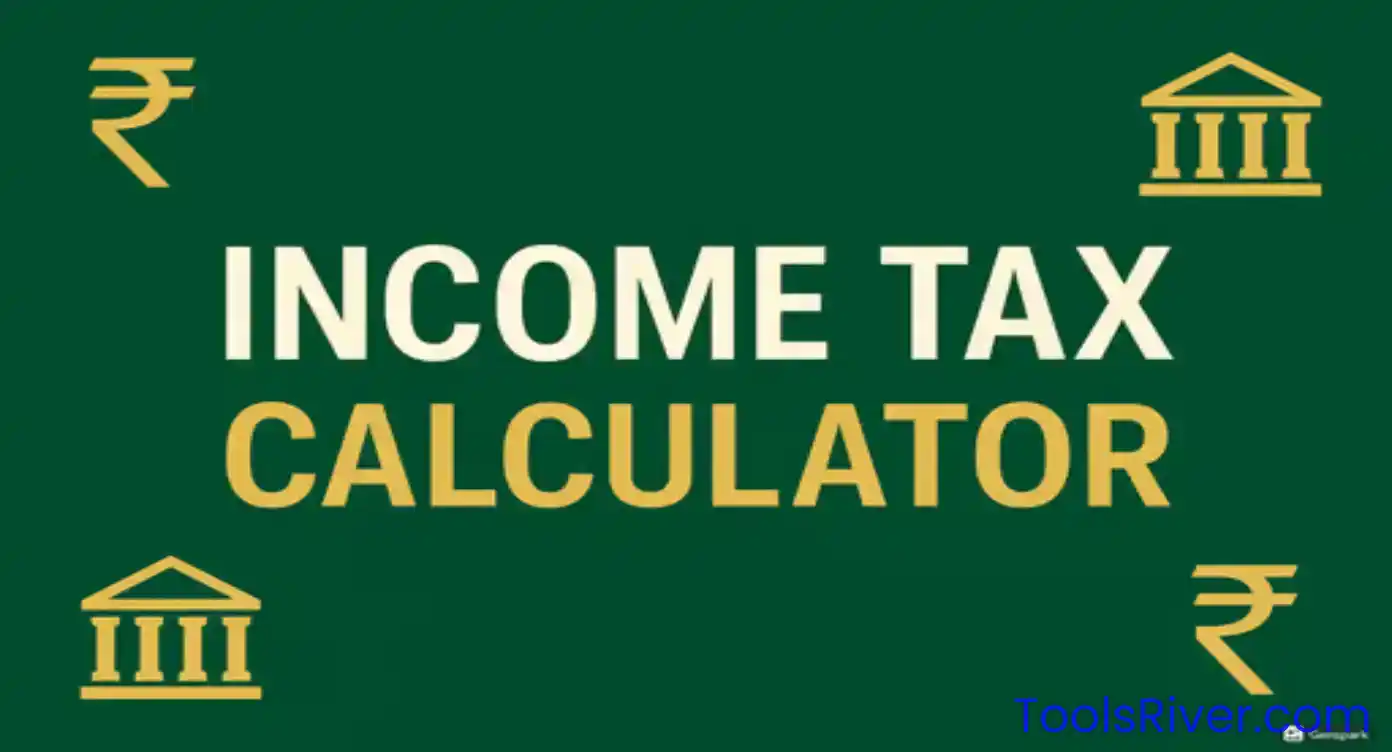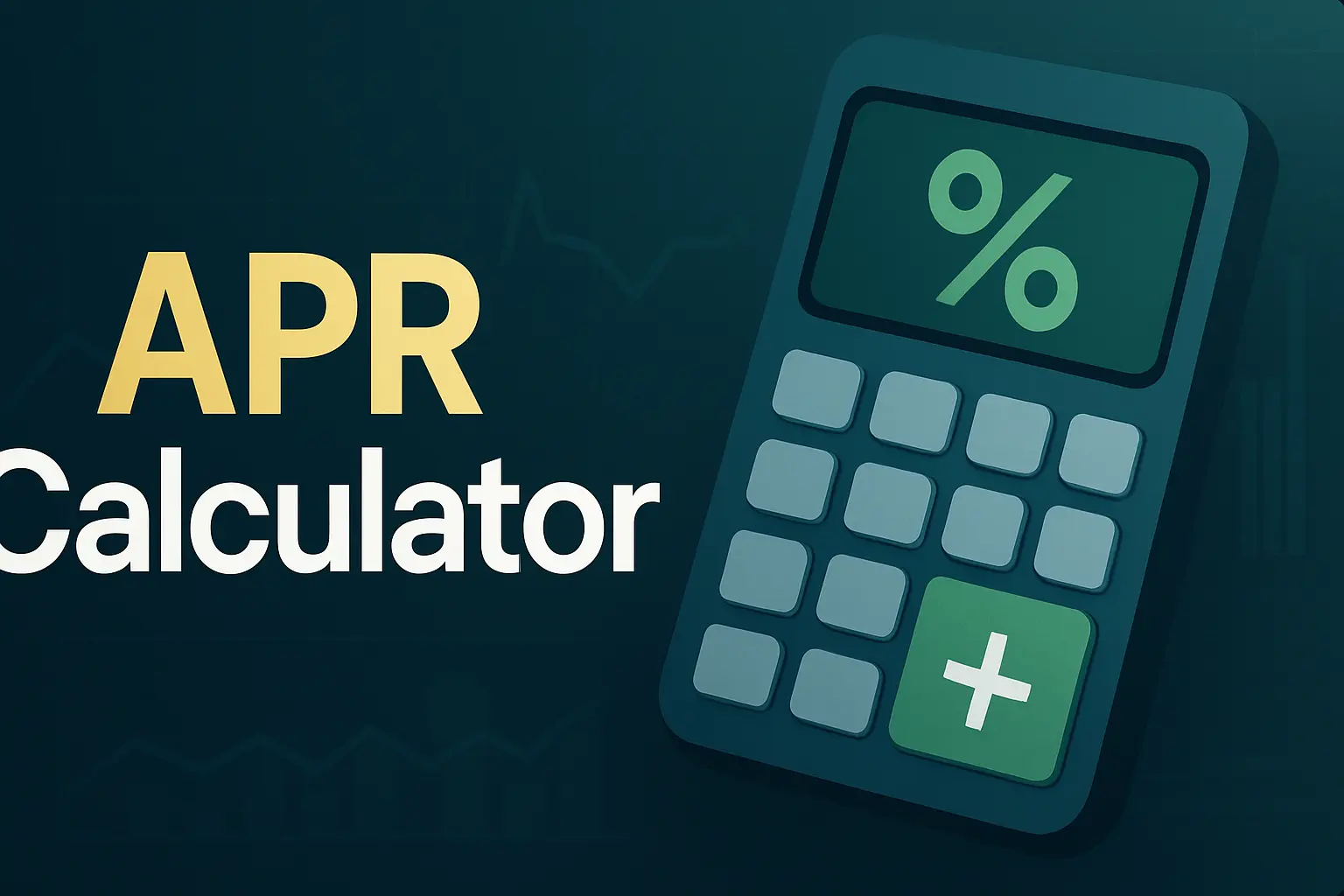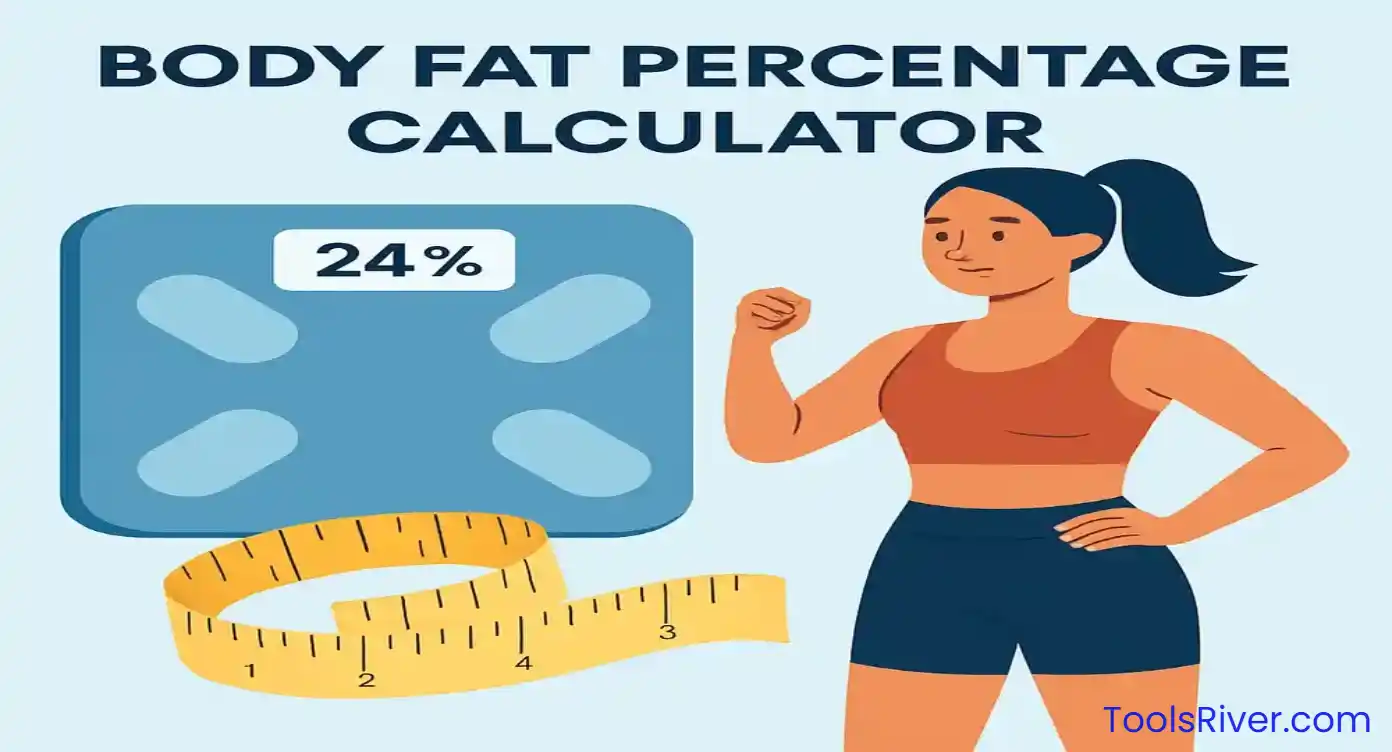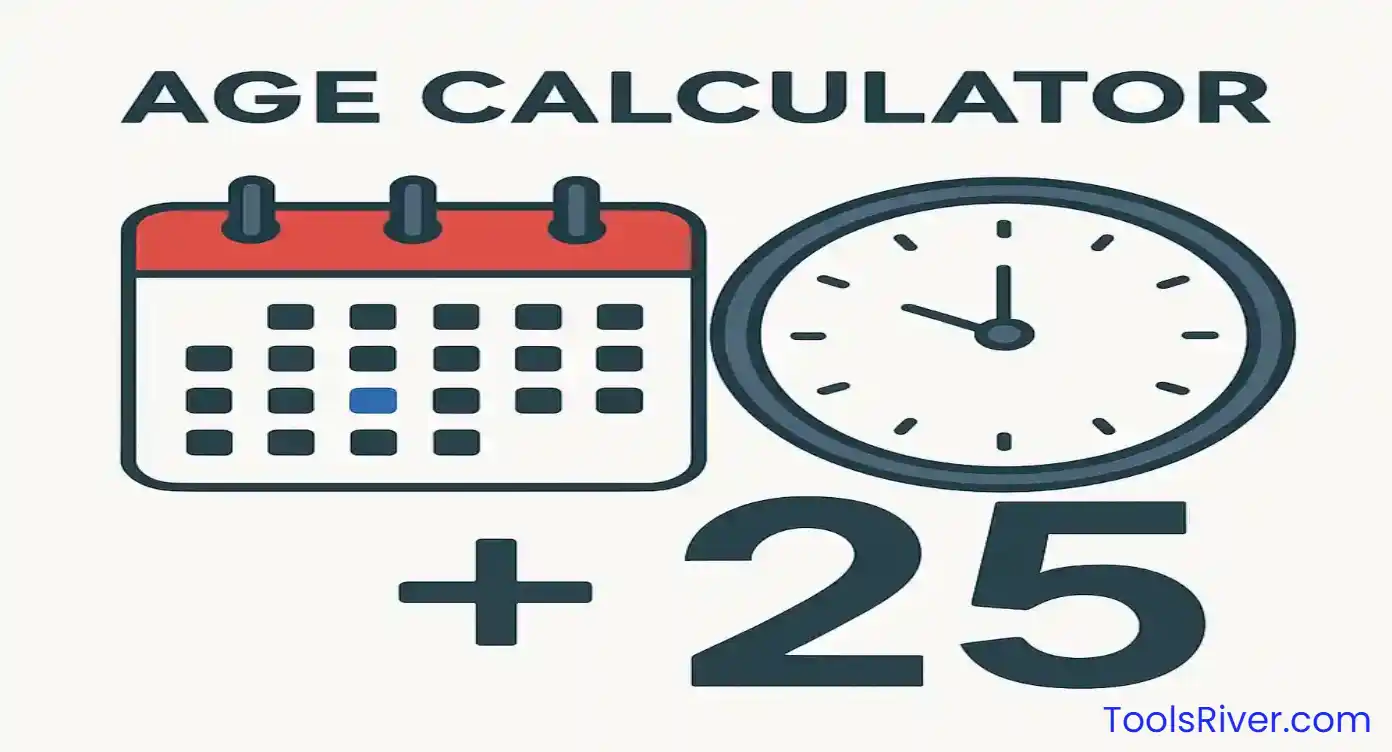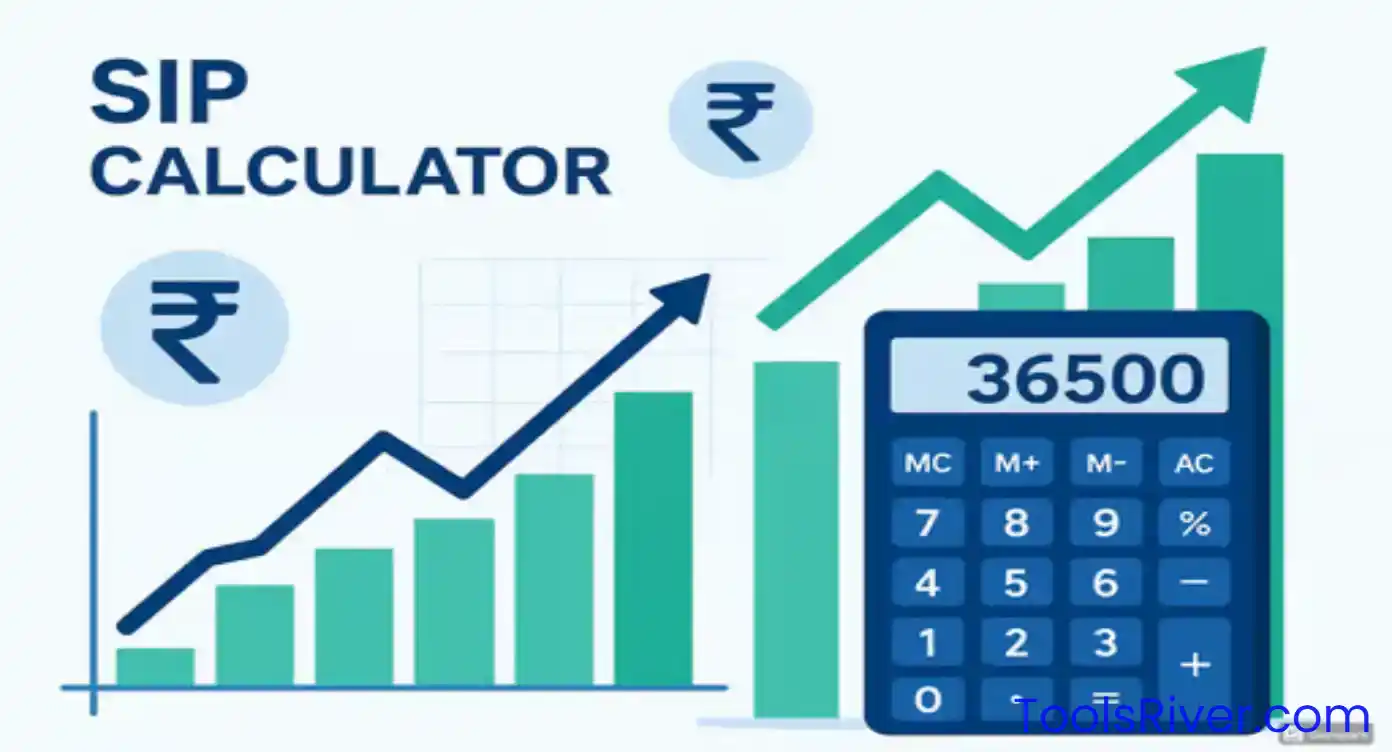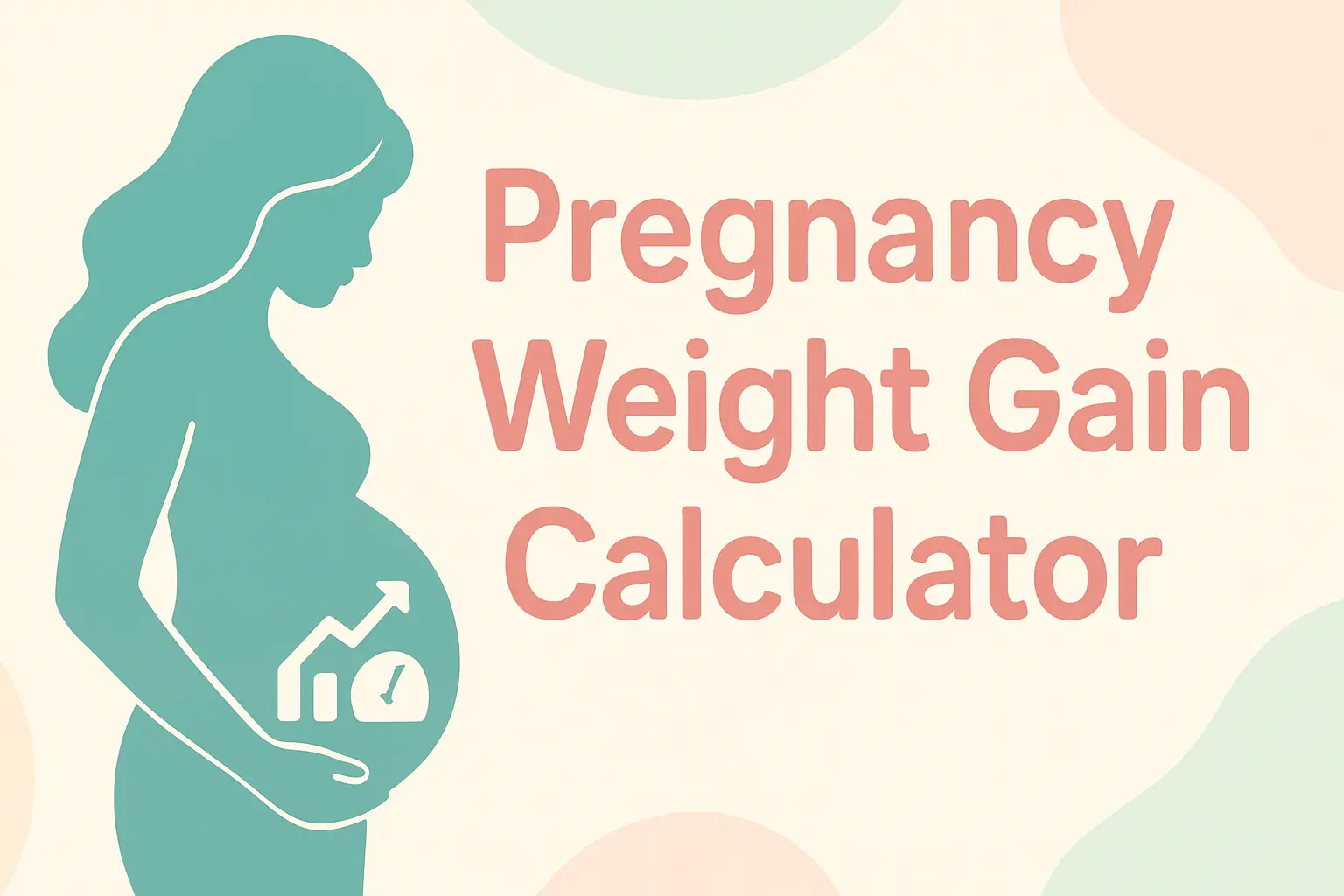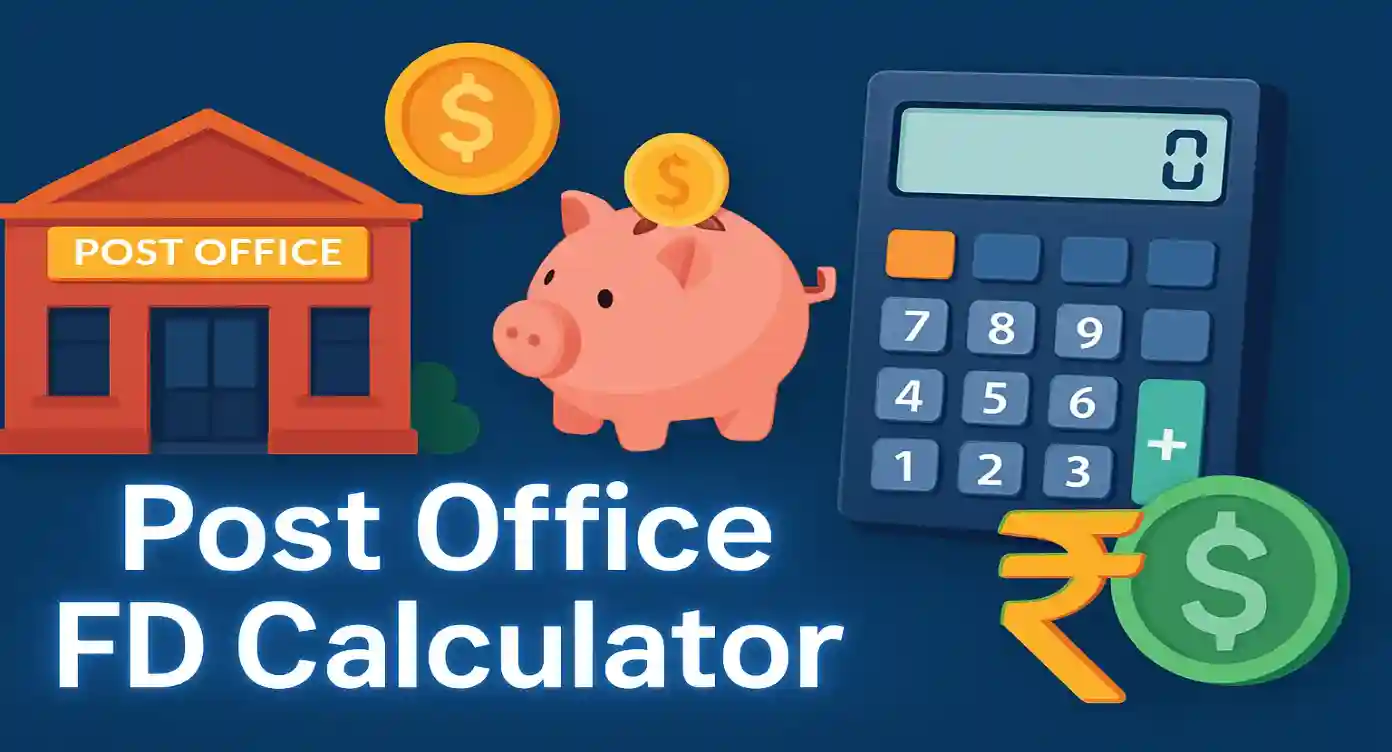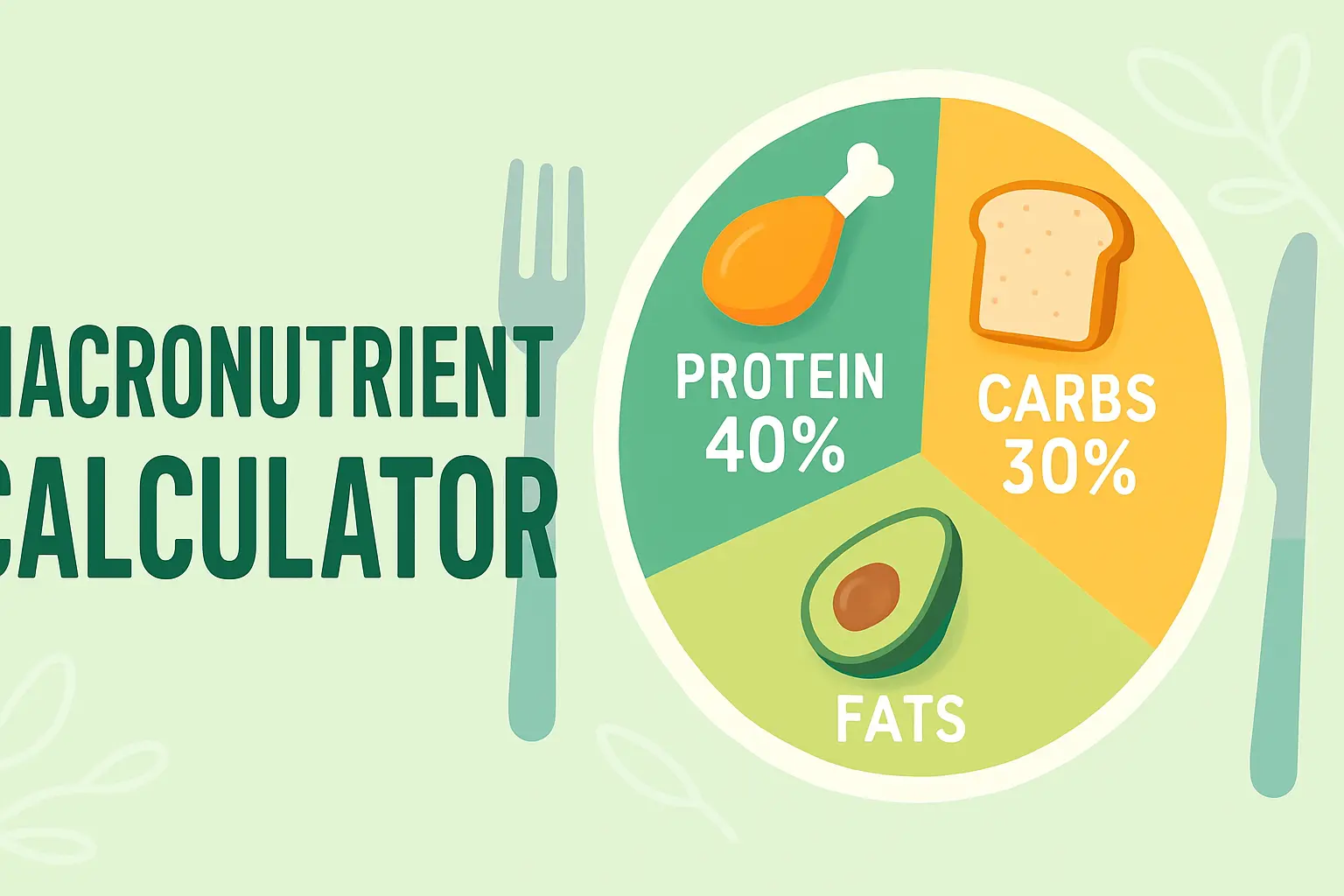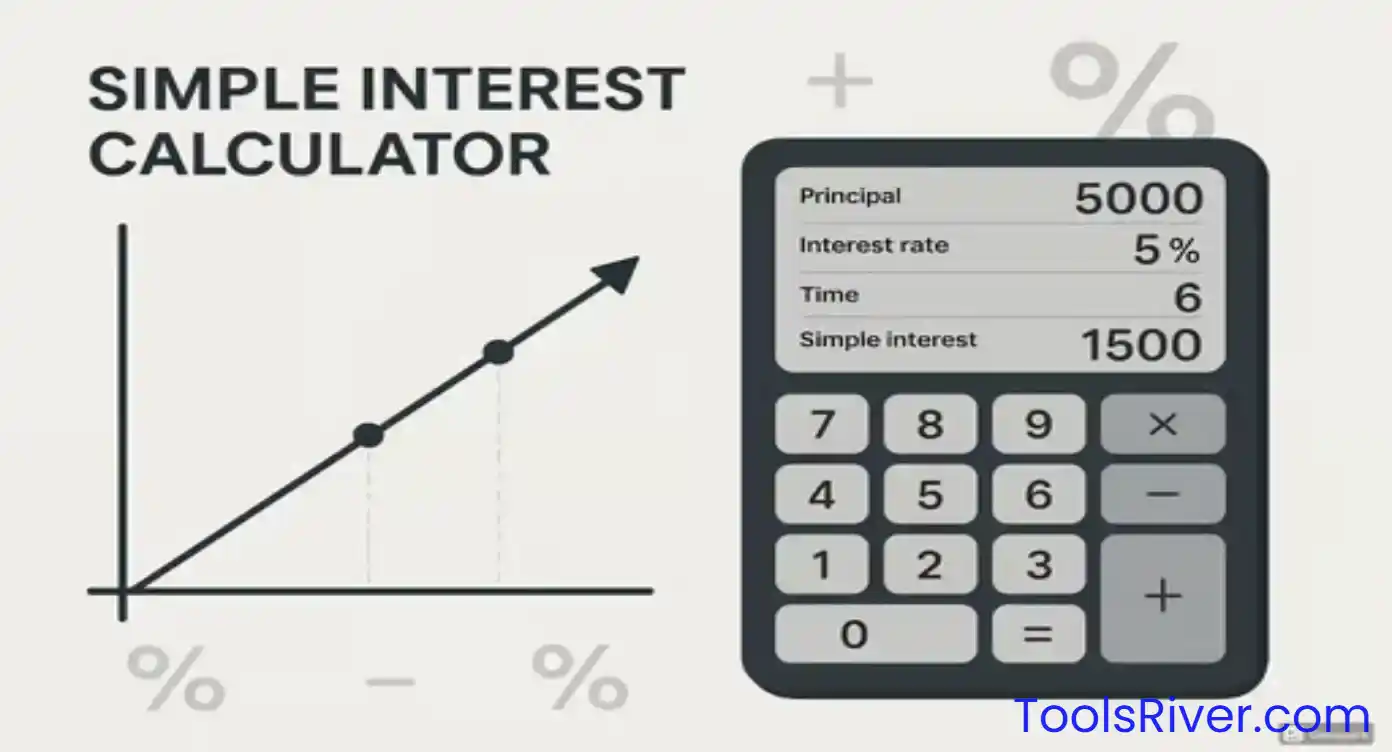Comprehensive Mortgage Calculator
Calculate your complete monthly mortgage payment including principal, interest, PMI, taxes, and insurance. Get detailed amortization schedules and make informed home buying decisions.
Loan Details
Additional Costs
Monthly Payment Breakdown
Loan Summary
Payment Breakdown Over Time
Amortization Schedule (First 12 Months)
| Month | Payment | Principal | Interest | Balance |
|---|
Understanding Mortgage Basics
A mortgage calculator is an essential tool for anyone considering buying a home or refinancing their current mortgage. Understanding how mortgage payments are calculated helps you make informed decisions about one of the largest financial commitments you'll ever make. Our comprehensive mortgage calculator goes beyond basic principal and interest calculations to include all the components that make up your total monthly housing payment.
When you apply for a mortgage, lenders evaluate several factors to determine your loan terms, including your credit score, debt-to-income ratio, employment history, and the size of your down payment. The mortgage calculator helps you understand how these factors translate into your monthly payment obligations, allowing you to budget effectively and compare different loan scenarios.
The modern mortgage landscape offers various loan types, from conventional mortgages to government-backed loans like FHA, VA, and USDA loans. Each type has different requirements for down payments, credit scores, and mortgage insurance. Understanding these differences is crucial for first-time homebuyers and experienced investors alike.
Mortgage Payment Components Explained
Your total monthly mortgage payment consists of several components, commonly referred to as PITI (Principal, Interest, Taxes, and Insurance), plus additional costs like PMI and HOA fees. Understanding each component helps you better prepare for homeownership costs and make informed decisions about your mortgage terms.
Principal and Interest
The principal and interest portion represents the core mortgage payment. Principal is the amount you borrow to purchase the home, while interest is the cost of borrowing that money. Early in your loan term, most of your payment goes toward interest, but as you progress through the amortization schedule, more of your payment goes toward principal reduction.
Property Taxes
Property taxes are typically collected monthly as part of your mortgage payment and held in an escrow account. Your lender pays these taxes on your behalf when they're due. Property tax rates vary significantly by location and can change over time, affecting your total monthly payment. It's important to research local tax rates when considering different areas for home purchase.
Homeowners Insurance
Homeowners insurance protects your investment against damage from fire, theft, natural disasters, and other covered perils. Like property taxes, insurance premiums are typically escrowed and paid monthly as part of your mortgage payment. Insurance costs vary based on your home's value, location, coverage amount, and local risk factors.
Private Mortgage Insurance (PMI) Explained
Private Mortgage Insurance (PMI) is required when you make a down payment of less than 20% on a conventional loan. PMI protects the lender if you default on your mortgage, but it's an additional cost you must pay as the borrower. Understanding PMI costs and removal options is crucial for budget planning and long-term financial strategy.
PMI typically costs between 0.5% and 1% of your loan amount annually, though the exact rate depends on factors like your credit score, loan-to-value ratio, and loan type. For example, on a $300,000 loan with 0.75% PMI, you'd pay $2,250 per year or about $187.50 per month. This cost can significantly impact your monthly budget, making it important to factor into your home buying calculations.
The good news is that PMI isn't permanent. You can request PMI removal once you reach 20% equity in your home through payments or appreciation. Some loans automatically cancel PMI at 22% equity. Understanding these removal triggers can help you develop strategies to eliminate PMI sooner, such as making extra principal payments or considering home improvements that increase property value.
Property Taxes and Insurance Considerations
Property taxes and homeowners insurance represent significant ongoing costs of homeownership that extend beyond your mortgage payment. These costs can vary dramatically by location and property characteristics, making them critical factors in your home buying decision and long-term financial planning.
Property tax rates typically range from 0.5% to 2.5% of your home's assessed value annually, with significant variations by state and local jurisdiction. States like New Jersey and Illinois have some of the highest property tax rates, while states like Alabama and Louisiana have among the lowest. When considering different locations, research not just current tax rates but also trends in local taxation and municipal financial health.
Homeowners insurance costs depend on numerous factors including your home's age, construction materials, location relative to natural disaster risks, coverage limits, and deductible amounts. Coastal areas prone to hurricanes, regions with wildfire risk, and earthquake zones typically have higher insurance premiums. Shopping around with different insurers and considering risk mitigation improvements can help manage these costs.
Down Payment Impact on Your Mortgage
Your down payment amount significantly affects multiple aspects of your mortgage, including your monthly payment, interest rate, PMI requirements, and overall loan costs. Understanding these relationships helps you determine the optimal down payment strategy for your financial situation and homeownership goals.
A larger down payment reduces your loan amount, resulting in lower monthly principal and interest payments. Additionally, putting down 20% or more eliminates PMI requirements on conventional loans, further reducing your monthly costs. However, it's important to balance down payment size with maintaining adequate emergency funds and not depleting all your savings.
Some loan programs offer benefits for larger down payments beyond PMI avoidance. Jumbo loans often require 20% or more down payments, while some lenders offer better interest rates for borrowers who put down 25% or more. However, first-time homebuyer programs may offer competitive terms with smaller down payments, making homeownership accessible sooner.
Interest Rates and Loan Terms
Interest rates represent the cost of borrowing money and significantly impact your total loan costs and monthly payments. Even small differences in interest rates can result in thousands of dollars in savings or additional costs over the life of your loan, making rate shopping and timing crucial elements of the mortgage process.
Mortgage rates are influenced by economic factors including Federal Reserve policy, inflation expectations, employment data, and overall economic conditions. Individual factors like credit score, loan-to-value ratio, debt-to-income ratio, and loan type also affect the rate you're offered. Borrowers with excellent credit and substantial down payments typically qualify for the best rates available.
Loan term selection also significantly impacts your mortgage costs and payments. While 30-year mortgages offer lower monthly payments, 15-year loans typically offer lower interest rates and result in substantial interest savings over the loan term. Some borrowers choose 20-year or 25-year terms as a middle ground, balancing monthly affordability with total interest costs.
The Amortization Process
Amortization is the process of gradually paying off your mortgage through regular monthly payments that include both principal and interest. Understanding how amortization works helps you see how your payments build equity over time and can inform strategies for accelerating payoff or leveraging your home's equity.
In the early years of your mortgage, most of your payment goes toward interest, with relatively little applied to principal reduction. This front-loaded interest structure means you build equity slowly initially, but the principal portion increases over time. By the final years of your loan, most of each payment goes toward principal reduction.
Understanding amortization schedules can help you make informed decisions about extra payments, refinancing timing, and home equity utilization. Making additional principal payments early in your loan term can significantly reduce total interest costs and accelerate payoff, while understanding your equity position helps with decisions about home equity loans or lines of credit.
Energy Efficient Mortgages and Green Financing
Energy Efficient Mortgages (EEMs) allow borrowers to finance energy-efficient improvements as part of their home purchase or refinance. These specialized loan products recognize that energy-efficient homes have lower operating costs, potentially allowing borrowers to qualify for larger loan amounts or better terms while reducing their environmental impact.
EEMs typically allow borrowers to finance up to 5% of the home's value or $8,000 (whichever is greater) for energy improvements without requiring additional down payment or affecting debt-to-income ratios. Qualified improvements include insulation, high-efficiency HVAC systems, Energy Star appliances, solar panels, and other energy-saving upgrades that reduce utility costs.
Green mortgage programs are expanding as lenders recognize the value of energy-efficient properties. Some programs offer interest rate discounts for homes with high energy efficiency ratings, while others provide cash back incentives for energy improvements. These programs benefit both borrowers through reduced costs and society through decreased energy consumption and environmental impact.
First-Time Homebuyer Programs
First-time homebuyer programs offer various benefits designed to make homeownership more accessible and affordable. These programs may provide down payment assistance, reduced interest rates, closing cost help, or more flexible qualification requirements. Understanding available programs can significantly impact your home buying budget and qualification potential.
Government-sponsored programs like FHA loans require as little as 3.5% down payment and accept lower credit scores than conventional mortgages. VA loans offer eligible veterans 100% financing with no PMI requirements, while USDA loans provide zero-down options for rural and suburban properties. State and local programs often provide additional assistance through down payment grants or favorable loan terms.
Many first-time buyer programs offer educational resources and counseling services to help buyers understand the mortgage process, homeownership responsibilities, and long-term financial planning. Taking advantage of these resources can help ensure successful homeownership and avoid common pitfalls that lead to financial difficulties.
Refinancing Considerations
Refinancing involves replacing your existing mortgage with a new loan, potentially offering benefits like lower interest rates, reduced monthly payments, cash access through equity, or modified loan terms. Understanding when and how to refinance can result in significant savings and improved financial flexibility throughout your homeownership journey.
Rate-and-term refinancing focuses on obtaining better loan terms, typically pursuing lower interest rates or different loan durations. The general rule of thumb is that refinancing makes sense when you can reduce your rate by at least 0.5% to 0.75%, though this depends on factors like remaining loan balance, planned homeownership duration, and closing costs.
Cash-out refinancing allows you to access home equity for major expenses like home improvements, debt consolidation, or investment opportunities. While this can provide valuable financial flexibility, it's important to consider the long-term implications of increasing your mortgage balance and potentially extending your payoff timeline.
Cost Reduction Strategies
Reducing mortgage costs involves strategies both during the loan origination process and throughout the life of your loan. Understanding these strategies can save thousands of dollars and help you build equity faster, providing more financial flexibility and security over time.
Shopping with multiple lenders is one of the most effective ways to reduce mortgage costs. Interest rates and fees can vary significantly between lenders, and obtaining multiple loan estimates helps you identify the best overall deal. Consider both banks and credit unions, as well as online lenders that may offer competitive rates with lower overhead costs.
Making extra principal payments can dramatically reduce total interest costs and accelerate payoff. Even small additional payments early in your loan term compound significantly over time. Consider strategies like making bi-weekly payments instead of monthly payments, applying windfalls like tax refunds to principal, or systematically increasing payments by small amounts annually.
Current Market Trends and Outlook
The mortgage market continuously evolves based on economic conditions, regulatory changes, and technological innovations. Understanding current trends and future outlook helps borrowers make informed timing and strategy decisions for home purchases, refinancing, and overall financial planning.
Interest rate trends significantly impact both home affordability and refinancing opportunities. While rates fluctuate based on Federal Reserve policy and economic conditions, long-term demographic trends, inflation expectations, and global economic factors provide context for future rate movements. Borrowers should focus on their individual financial readiness rather than trying to perfectly time the market.
Technology continues transforming the mortgage industry through digital applications, automated underwriting, and online closings. These innovations can reduce processing time and costs while improving borrower experience. However, it's important to balance efficiency with thorough financial planning and ensuring you understand all loan terms and implications.
Common Mortgage Mistakes to Avoid
Understanding common mortgage mistakes helps borrowers avoid costly errors that can impact their financial health for years. These mistakes often stem from insufficient preparation, limited shopping, or misunderstanding loan terms and long-term implications of mortgage decisions.
One critical mistake is not shopping around with multiple lenders. Interest rates, fees, and loan terms can vary significantly between lenders, and failing to compare options can cost thousands of dollars. Obtain loan estimates from at least three different lenders and carefully compare not just interest rates but also fees, closing costs, and loan features.
Another common error is borrowing the maximum amount for which you qualify rather than what you can comfortably afford. Lender qualification amounts represent maximum borrowing capacity but don't necessarily reflect optimal borrowing amounts considering your overall financial goals, emergency fund needs, and other priorities like retirement savings or children's education costs.
Frequently Asked Questions
What's included in a mortgage payment?
A complete mortgage payment typically includes principal and interest (P&I), property taxes, homeowners insurance, and possibly private mortgage insurance (PMI) if your down payment was less than 20%. Some payments may also include HOA fees or other assessments.
How do I calculate my debt-to-income ratio?
Divide your total monthly debt payments by your gross monthly income and multiply by 100. Include all recurring debts like credit cards, student loans, car payments, and the proposed mortgage payment. Most lenders prefer ratios below 43%, though requirements vary by loan type.
When can I remove PMI from my mortgage?
You can request PMI removal once you reach 20% equity in your home through payments or appreciation. PMI automatically cancels at 22% equity for most loans. Some lenders require an appraisal to verify current home value when requesting removal.
Should I choose a 15-year or 30-year mortgage?
15-year mortgages typically offer lower interest rates and significant interest savings but require higher monthly payments. 30-year loans provide lower monthly payments but cost more in total interest. Choose based on your monthly budget capacity and long-term financial goals.
How much house can I afford?
A general rule is that your total housing payment shouldn't exceed 28% of gross monthly income, and total debt payments shouldn't exceed 36%. However, consider your individual circumstances, including other financial goals, job stability, and emergency fund requirements when determining affordable amounts.
What factors affect my mortgage interest rate?
Key factors include credit score, down payment amount, loan-to-value ratio, debt-to-income ratio, loan term, loan type, and current market conditions. Borrowers with higher credit scores, larger down payments, and lower debt ratios typically qualify for better rates.

